Pinwheel
Exploring energy and matter, cause and effect and mechanism and explanation.
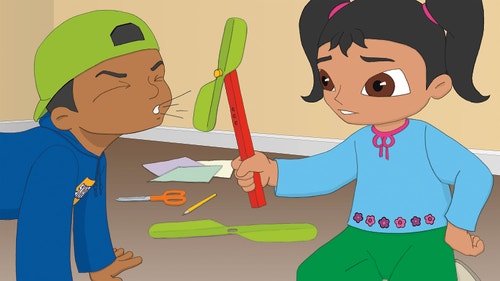
Connect
(5-10 Minutes)
On their way home from school Sam and Sara passed a group of children running around playing with pinwheels. It looked like great fun and Sam and Sara would both really like one.
Once back home, Sam and Sara wanted to try out different ideas for the best wing design, for example big wide wings and small narrow wings.
Sara has built a beautiful pinwheel with tiny wings but no matter how much Sam blows it only turns slowly.
Can you help Sam and Sara build a pinwheel with wings that will turn faster?
Let’s find out!
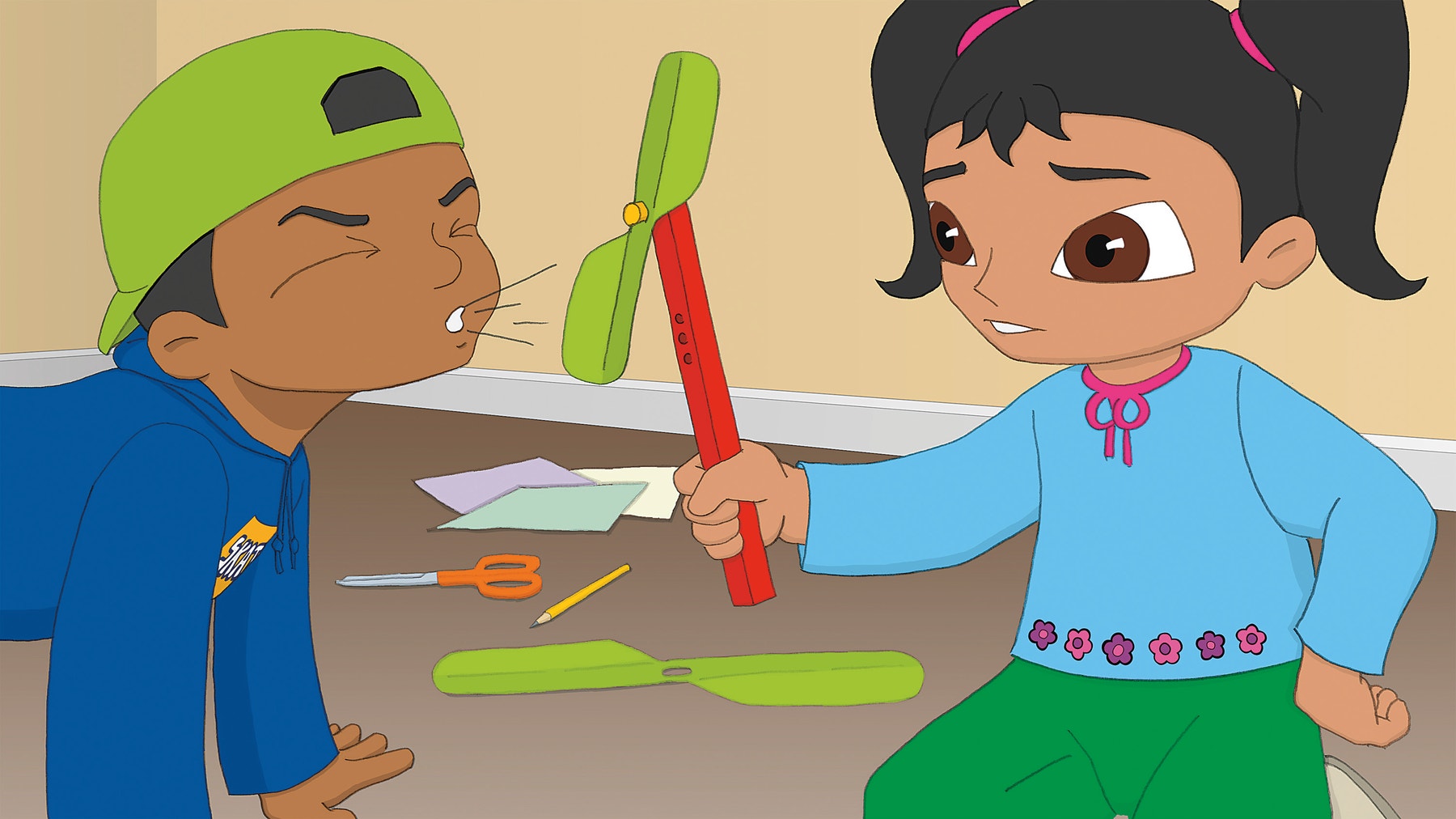
Construct
(5-10 Minutes)
Build the pinwheel using building instructions no. 1.
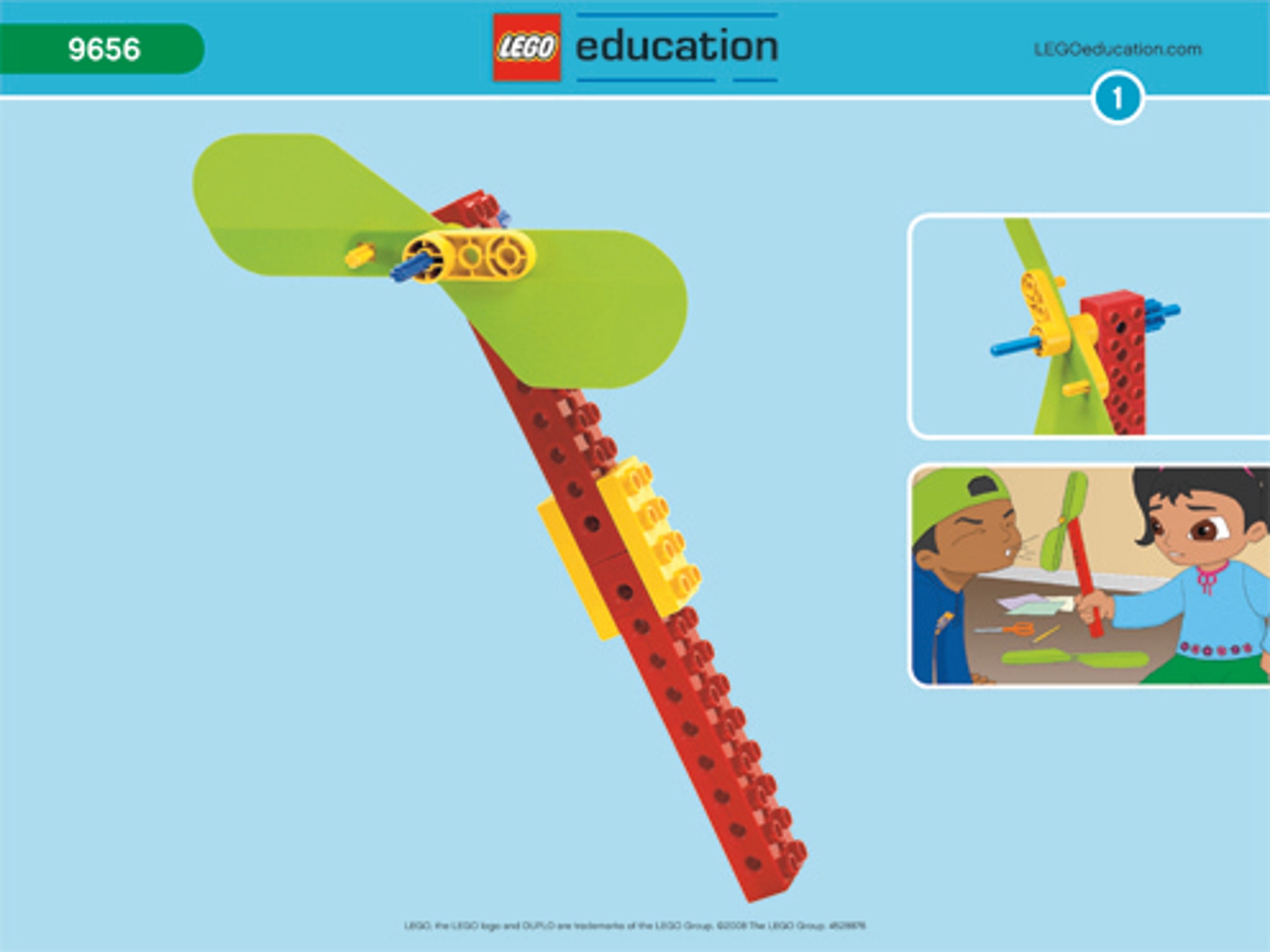
- The wings should be bent at the same angle
- The wings should spin freely
- If they don’t turn, there is too much friction from the blue gear rubbing on the red beam.
Try moving the wings forward slightly on the blue axle
Warning! This may be dangerous!
Warning!
Fans are potentially dangerous. Make sure that students handle them with great care!
Contemplate
(10-15 Minutes)
Near or far?
Point the pinwheel at the centre of the fan and begin moving it slowly towards the fan, but be careful to not get too close. Find out which of the pinwheel wings starts turning furthest from the fan.
First predict which of the pinwheels will only start turning near the fan and which will start turning far from the fan.
*Write down your predictions using the words on the worksheet *
Next, test how far from the fan the pinwheels will start turning.
Write down your findings using the words on the worksheet.
The force of the wind turns the pinwheel.
The wind turns the wings, creating energy – just like a wind turbine or windmill.
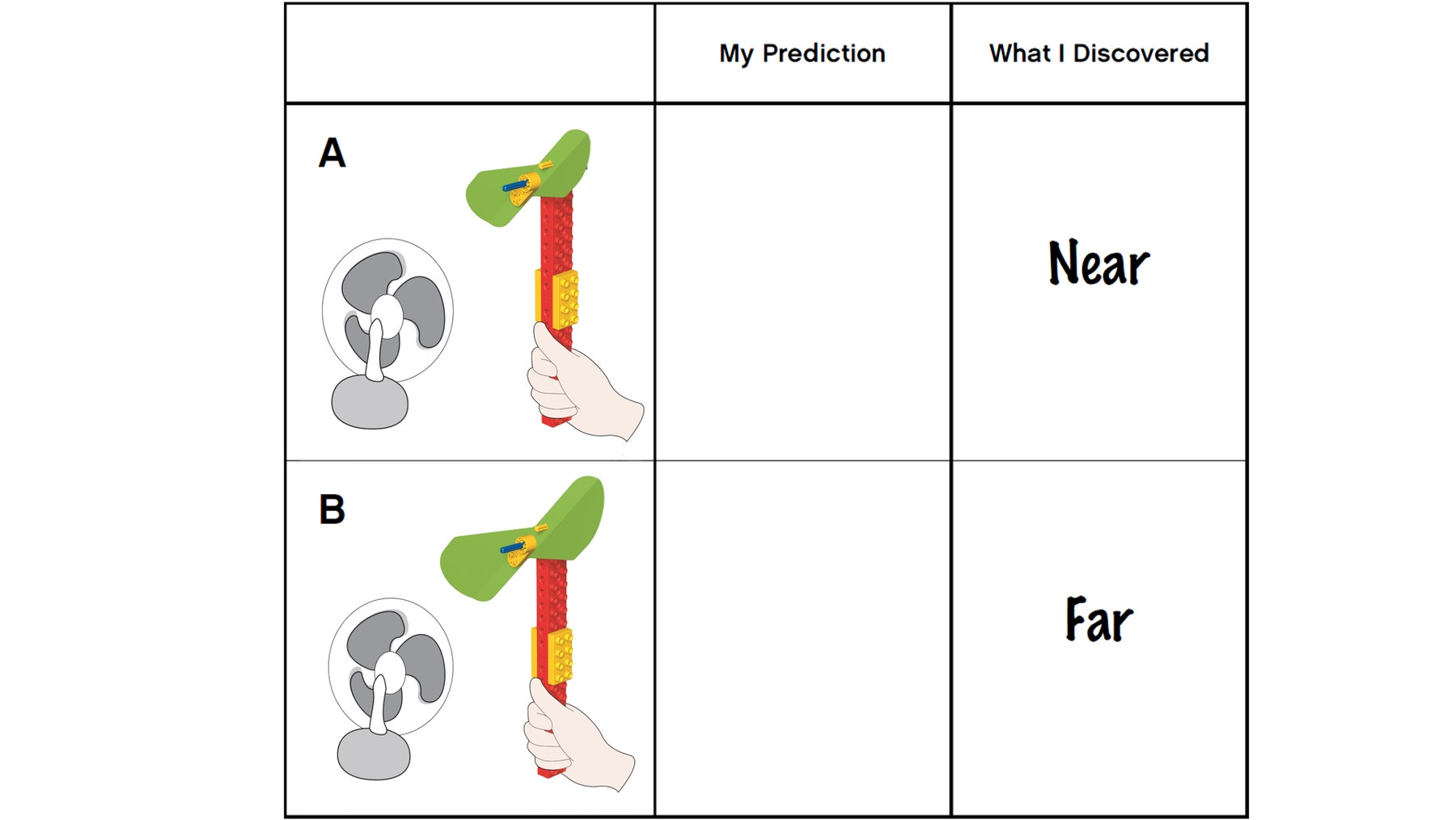
Have the students reflect on their tests by asking questions such as:
What did you predict would happen and why?
Describe what happened.
How did you make it into a fair test?
Was the pinwheel held at the same angle every time?
Did you adjust/change the speed at which the fan blows?
Were the wings bent at the same angle?Describe how the model works.
What do you believe to be important things to think about in making a good pinwheel?
*Maybe the size of the wings or how many there are, or their shape – or perhaps the speed of the wind … *
Tip:
Use a ruler to accurately measure the distance between the fan and the pinwheel.
Continue
(10-15 Minutes)
Can you make new wings for your pinwheel?
Give your imagination wings and design your very own pinwheel wings!
Design wings of different shapes and test how they work. Consider which materials would be best. Then make them beautiful and colorful.
On the worksheet, draw your best pinwheel design.
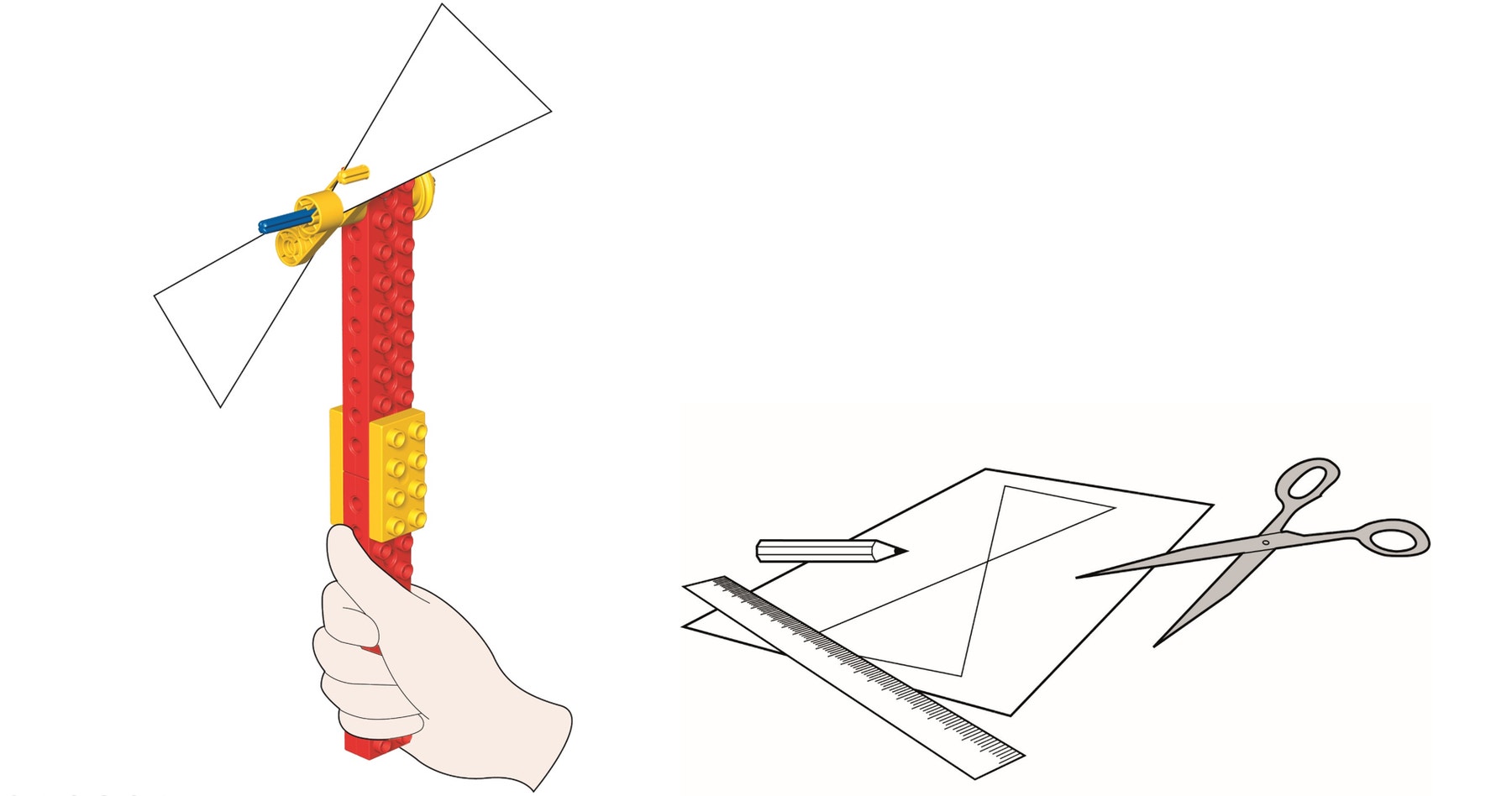
Teacher Support
Students will learn about:
How movement can be described in many ways
How push and pull affect the movement and shape of objects
9656 Early Simple Machines Set (two students per set recommended)
Cardstock
Fan
Paper
Ruler
Scissors
NGSS
Disciplinary Core Ideas: Physical Science
1 MS-PS2 Motion and Stability: Forces and Interactions
Crosscutting Concepts
Cause and effect: Mechanism and explanation
Systems and system models
Energy and matter: Flows, cycles, and conservation
Science and Engineering Practices
Asking questions and defining problems
Developing and using models
Planning and carrying out investigations
Obtaining, evaluating, and communicating information
Common Core State Standards for Mathematics
Mathematical Practice
MP1 Make sense of problems and persevere in solving them
MP5 Use appropriate tools strategically
MP6 Attend to precision
MP7 Look for and make use of structure
MP8 Look for and express regularity in repeated reasoning
Measurement & Data
K.MD.A
Writing Standards
W.K.2 / W.1.2 / W.2.2
Speaking and Listening
SL.K.3 / SL.K.5 / SL.K.6 / SL.1.1 / SL.1.3 / SL.1.5 / SL.2.1 / SL.2.3
Student Material
Share with:
 Google Classroom
Google Classroom



